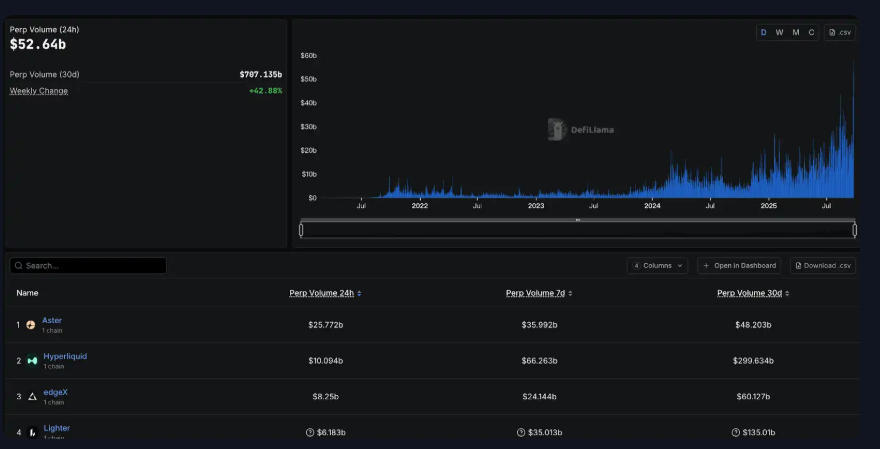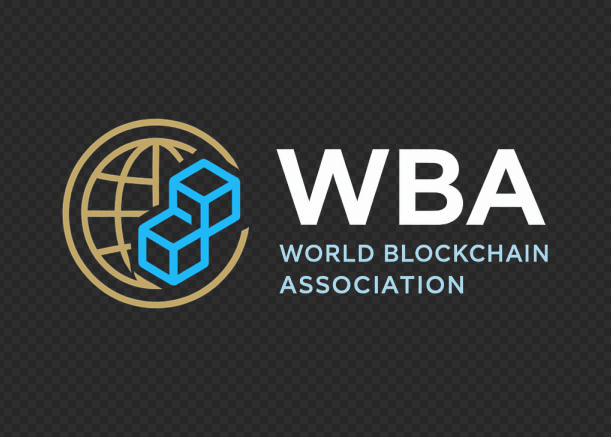
September 29, 2025 | World Blockchain Association Reporting
The World Blockchain Association (WBA) reports that Circle, the issuer of USD Coin (USDC), is exploring a groundbreaking yet controversial mechanism that would allow reversible transactions in cases of fraud, scams, or hacking incidents. This concept, which some critics have described as the “credit card-ization” of stablecoins, raises fundamental questions about the balance between blockchain immutability and consumer protection in the digital asset economy.
Circle’s Reversible Transaction Initiative
According to statements made by Circle President Heath Tarbert to the Financial Times, the company is actively researching whether USDC transactions could be reversed in exceptional cases of fraud or cyberattacks, while still preserving the principle of settlement finality.
This innovation would not be natively implemented at the Arc blockchain—Circle’s enterprise-grade distributed ledger infrastructure slated for launch by late 2025—but instead through an additional “reverse payment” layer, operating similarly to credit card chargebacks.
Tarbert emphasized that while cryptocurrencies like Bitcoin and Ethereum offer users the benefits of decentralized, censorship-resistant transactions, they lack consumer safeguards found in traditional financial systems. By experimenting with reversible stablecoin transactions, Circle seeks to position USDC as a safer and more familiar product for banks, institutions, and mainstream users.
However, as the World Blockchain Association highlights, the proposal immediately ignited intense debate across the Cryptocurrency and Web3 communities.
Industry Concerns: Centralization vs. Consumer Protection
The WBA notes that while consumer protection is a legitimate priority, critics argue that granting Circle unilateral authority to reverse transactions risks transforming the company into a “central bank of crypto.” Such power could undermine DeFi protocols, DAOs, and Tokenization frameworks that rely on trustless, immutable transactions as their foundation.
Proponents counter that widespread fraud—estimated at over $14 billion in 2021 alone across the digital asset ecosystem—necessitates stronger protective mechanisms. They argue that DeFi and NFT ecosystems, which continue to attract billions in daily trading volume, cannot reach mainstream adoption without addressing these vulnerabilities.
Current Practices: Circle vs. Tether
The World Blockchain Association reports that stablecoin issuers already maintain intervention powers, particularly via blacklist and freeze functions coded into their smart contracts.
- Tether’s Proactive Freezing
Tether (USDT) employs aggressive intervention capabilities, enabling it to freeze, burn, and reissue tokens linked to hacked or illicit addresses. Historical incidents include the freezing of $35 million during the 2020 KuCoin hack and $33 million during the 2021 Poly Network exploit. As of September 2024, Tether had frozen at least 1,850 wallets, assisting in the recovery of $1.86 billion worth of assets. - Circle’s Compliance-First Approach
In contrast, Circle has typically taken a conservative, regulation-driven path, only freezing USDC addresses when compelled by court orders or law enforcement directives. For example, Circle complied with U.S. sanctions on Tornado Cash in 2022, freezing around $75,000 in USDC, and later cooperated with Argentinian regulators in 2023 to freeze approximately 57 million USDC tied to a fraudulent project.
The WBA underscores that this divergence in governance highlights a critical industry tension: Tether prioritizes agility, while Circle prioritizes compliance and institutional trust.
The Ethereum Precedent: A History of Reversibility Debates
The World Blockchain Association notes that Ethereum’s development history has long wrestled with the concept of transaction reversibility, with several Ethereum Improvement Proposals (EIPs) and real-world incidents shaping today’s discussions.
- 2016 DAO Hard Fork (EIP-779)
Following the infamous DAO exploit where 3.6 million ETH were drained, Ethereum executed a hard fork to refund investors. This restored stolen funds but caused a permanent ideological rift, giving rise to Ethereum Classic (ETC). - EIP-156 (2016)
Proposed by Vitalik Buterin to recover lost ETH in “stuck” accounts, but never adopted. - EIP-867 (2018)
Suggested a standardized process for recovery proposals. However, critics argued it violated “Code is Law,” and it was ultimately abandoned. - EIP-999 (2018)
Aimed to unlock over 513,000 frozen ETH in Parity wallets but was rejected by the community amid concerns of favoritism and precedent-setting intervention. - ERC-20R & ERC-721R (2022)
Stanford researchers proposed reversible token standards for fungible and non-fungible tokens. While theoretically reducing losses from hacks, the model introduced decentralized arbitration panels, sparking concerns about governance capture and censorship.
The WBA points out that these episodes collectively illustrate the philosophical fault lines that continue to divide the crypto ecosystem.
Case Studies: Blockchain “Undo” Events
The WBA further emphasizes that several high-profile blockchain rollback or freeze events have tested the boundaries between immutability and intervention:
- 2016 DAO Hack (Ethereum) → Chain split created Ethereum and Ethereum Classic.
- 2017 Parity Wallet Bug → 513,000 ETH permanently frozen.
- 2018 EOS Arbitration → Dozens of accounts frozen by EOS’s arbitration body (ECAF), later abandoned due to backlash.
- 2022 BNB Chain Exploit → Validators paused the chain after a $570 million bridge hack, recovering significant funds but sparking criticism of centralization.
- Stablecoin Freeze Cases → Tether and Circle have repeatedly used freeze functions in collaboration with exchanges and regulators.
The Bigger Picture: Stablecoins at a Crossroads
The World Blockchain Association reports that Circle’s initiative to design a reversible USDC transaction framework underscores a critical turning point for stablecoins.
Stablecoins have already become the backbone of global digital finance, powering DeFi liquidity pools, NFT marketplaces, cross-border remittances, and tokenized real-world assets. With over $150 billion in circulation across major stablecoins as of late 2025, their governance frameworks will shape the next phase of Web3 adoption.
If Circle succeeds, USDC could evolve into a more institutionally trusted product, accelerating integration with banks, payment networks, and regulated financial markets. However, failure to gain community buy-in could alienate the DeFi and DAO ecosystems, which rely on stablecoins as decentralized settlement instruments.
Conclusion: Between Immutability and Accountability
The World Blockchain Association concludes that Circle’s research into reversible stablecoin transactions epitomizes the ongoing struggle to reconcile blockchain’s founding ethos of immutability with the real-world demand for consumer protection and fraud prevention.
The future of Cryptocurrency, Bitcoin, Ethereum, Web3, DeFi, NFT, DAO, Tokenization, and Stablecoin adoption may well hinge on whether Circle—and the broader industry—can strike a balance between these competing imperatives.
Whether this initiative becomes a historic breakthrough or a cautionary tale will depend not only on technical design, but also on the willingness of the global blockchain community to embrace—or resist—change.
About the World Blockchain Association
The World Blockchain Association (WBA) is a global organization dedicated to advancing knowledge, policy dialogue, and innovation in blockchain and digital finance. As a leader in the blockchain and cryptocurrency space, the WBA provides stakeholders with trusted insights at the intersection of technology, regulation, and global economic trends through research, reporting, and thought leadership.







